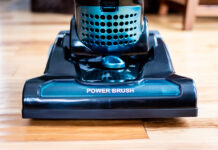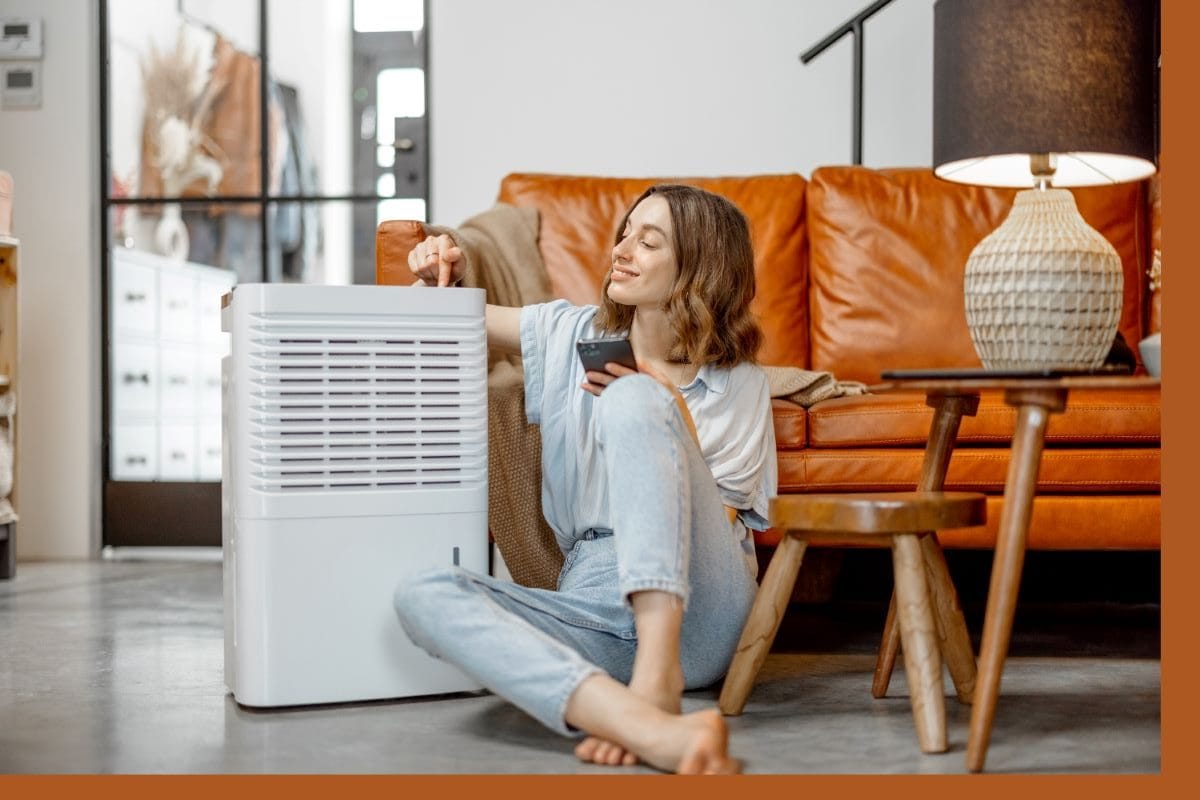Indoor Air Quality: A Common Problem
We spend a significant portion of our lives indoors, and the quality of the air we breathe within our homes is, perhaps unsurprisingly, not the same as outdoor air. However, most people don’t realize that our indoor air falls far below the standard of safe, and the impact of poor indoor air quality on our overall well-being cannot be overstated. To understand the full effect of indoor living, it’s essential to understand how our lifestyles have evolved and how they compare to the practices of our ancestors.
Our ancestors lived predominantly outdoors, breathing in fresh air and experiencing the natural ebb and flow of the elements. In contrast, our modern lives see us enclosed within walls for extended periods, surrounded by various indoor pollutants, including mold. This shift in lifestyle raises questions about the air we breathe and its potential implications on our health.
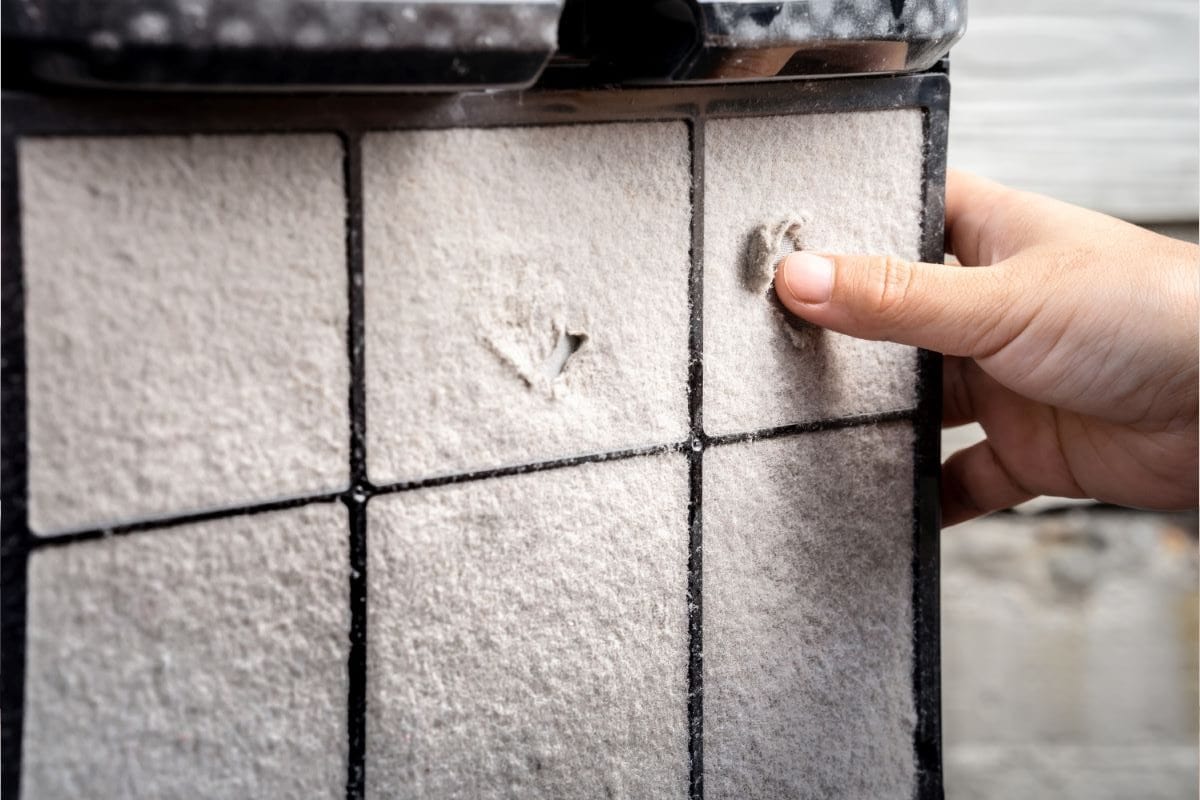
The Impact of Indoor Air Pollution on Health
The Significance of Healthy Indoor Air
Clean indoor air is not merely a luxury; it is a necessity for maintaining good health. Understanding the role of indoor air quality in our daily lives helps to foster a healthier living environment. We’ll explore the implications of breathing in air that is laden with pollutants and the long-term effects on our well-being.
The air we breathe within the confines of our homes plays a crucial role in determining our overall health. Clean indoor air is not just a matter of comfort; it directly influences our respiratory function, immune system, and overall well-being. The implications of breathing in pollutants commonly found in indoor air extend beyond immediate discomfort, with potential long-term effects on our health. Here, we’ll explore why prioritizing clean indoor air is a fundamental aspect of maintaining a healthy lifestyle, exploring both the immediate consequences and the lasting impact that exposure to indoor pollutants can have on our well-being.
Indoor Air Pollutants, the Primary Cause of Indoor Air Concerns
Air pollutants depend on several factors that can be transmitted through the air. From volatile organic compounds (VOCs) to particulate matter, poor air quality is the underlying result. This knowledge forms the foundation for making informed decisions about improving indoor air quality problems.
Indoor air quality is often compromised by a host of pollutants, each with its own set of health implications. Here are just a few common contributors to indoor pollution:
- Airborne allergens: dust mites, pet dander, or mold caused by indoor environmental issues
- Household products: aerosols intended as air cleaners, products like air fresheners, hair styling products like hairspray
- Poor ventilation: inadequate supply of outdoor air, such as air coming from open windows, heating and air elements, or even simply poor indoor and outdoor air flows
Understanding the sources and effects of these contaminants is vital. By recognizing these common indoor pollutants, you can take proactive steps to minimize your exposure and mitigate potential health risks, safeguarding yourself from both short-term discomfort and potential long-term health issues.
Information on Indoor Air Quality: Time Indoors vs. Outdoors
To underscore the importance of indoor air quality, it’s essential to consider the amount of time we spend within the confines of our homes compared to the time spent outdoors. Current statistics reveal a significant portion of our lives are spent indoors, emphasizing the need for vigilant measures to ensure that the air we breathe in these enclosed spaces promotes rather than undermines our health. We know that inadequate ventilation can increase indoor pollutants and bringing in enough outdoor air to dilute emissions from indoor sources can be a challenge. So what are the options?
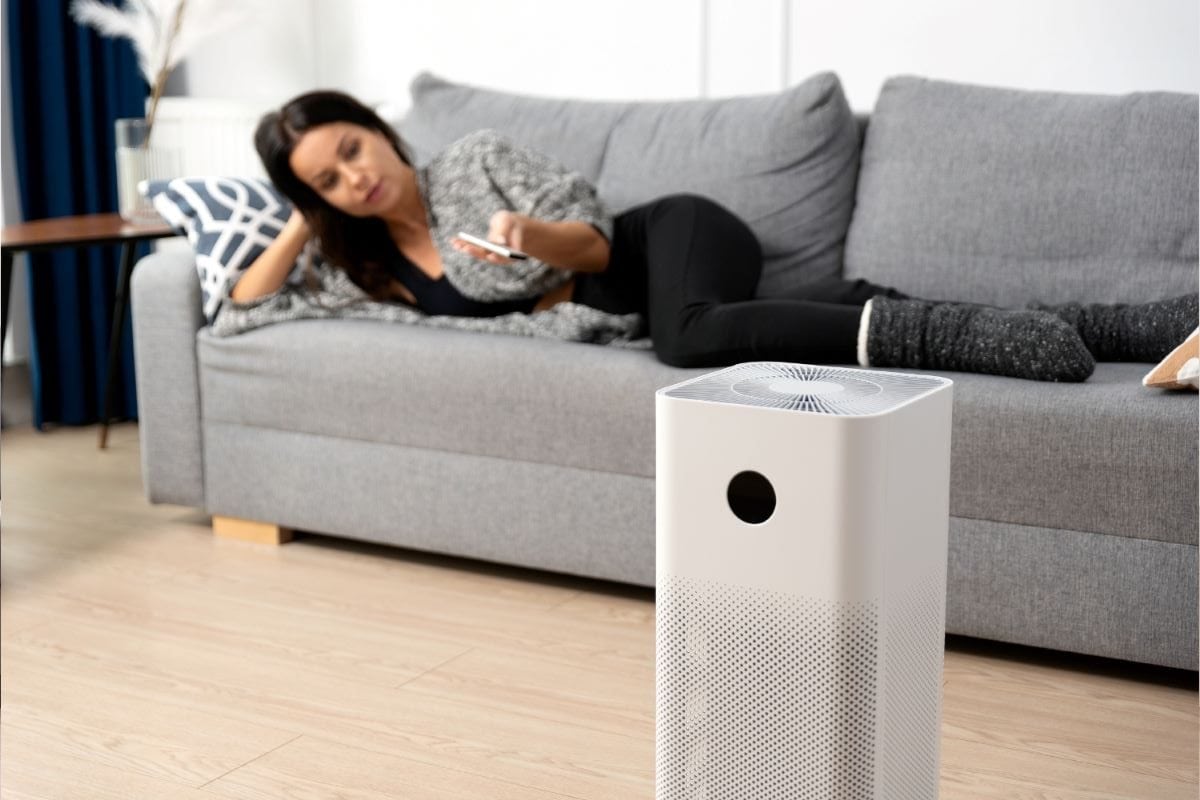
The Evolution of Home Lifestyles: Causes of Indoor Air Quality
Comparison of the Modern Indoor Environment to Historical Outdoor Living
Our ancestors lived in harmony with nature, spending most of their time outdoors, breathing in fresh air, and enjoying the benefits of outdoor air. Fast forward to the present, and our lifestyles have undergone a radical shift. We now find ourselves spending extensive periods indoors, often in well-insulated environments designed to keep external elements at bay, thus reducing the amount of outdoor air we encounter. This transition raises questions about how our modern indoor living compares to the outdoor-centric lifestyles of those who came before us.
Technological Advancements and Their Impact on the Air Quality in Your Home
The advent of technology has brought about remarkable advancements that have significantly altered the way we live indoors. While these innovations enhance our comfort and convenience, they also introduce new challenges to maintaining optimal indoor air quality. Even materials used in construction as well as the proliferation of electronic devices are indoor pollution sources that release harmful byproducts with high indoor concentrations. Understanding the impact of technology on the air we breathe is crucial for developing effective strategies to address indoor air quality concerns.
The Need to Improve Air Purification
With the evolution of indoor living and health concerns caused by indoor air pollution, there arises a pressing need for effective air purification solutions that go beyond simple vents and monitors. Exposure to indoor air pollution is at an all-time high, and traditional methods of ventilation may no longer be sufficient to combat the diverse array of contaminants present in modern homes. Air purifiers can play a pivotal role in maintaining clean indoor air.

How Air Purifiers Can Improve Indoor Air Problems
Air Purifier Technology
In the pursuit to improve the indoor air quality of modern living, air purifiers have emerged as a winning option to reduce indoor air pollutants. These devices are equipped with advanced technologies designed to improve health equity by reducing exposure to indoor air pollutants and improving quality levels of indoor air.
Unlike common air fresheners, which often increase indoor pollutant levels, air purifiers do not emit particles into the air. Instead, they reduce household air pollution with these two common options:
- High-Efficiency Particulate Air (HEPA) filters
- Activated carbon filters
Benefits of Using Air Purifiers in Homes
The adoption of air purifiers offers a multitude of benefits for individuals seeking to impact immediate reactions to indoor air pollutants. However, it’s worth noting that if you don’t address the sources of indoor air pollution, and air filter’s effects will be limited. Beyond the obvious advantage of removing airborne pollutants, these devices contribute to:
- Allergy relief
- Respiratory health improvement
- Overall well-being
Types of Air Purifiers and Their Specific Advantages
Not all air purifiers are created equal, and understanding the different types available helps in selecting the most suitable device for exposure to some indoor air environments. From portable air purifiers to whole-house systems, each type comes with its unique set of features and advantages. By exploring the various options, you can make informed decisions based on your specific needs.
First, let’s address common questions and concerns about the use of these devices.
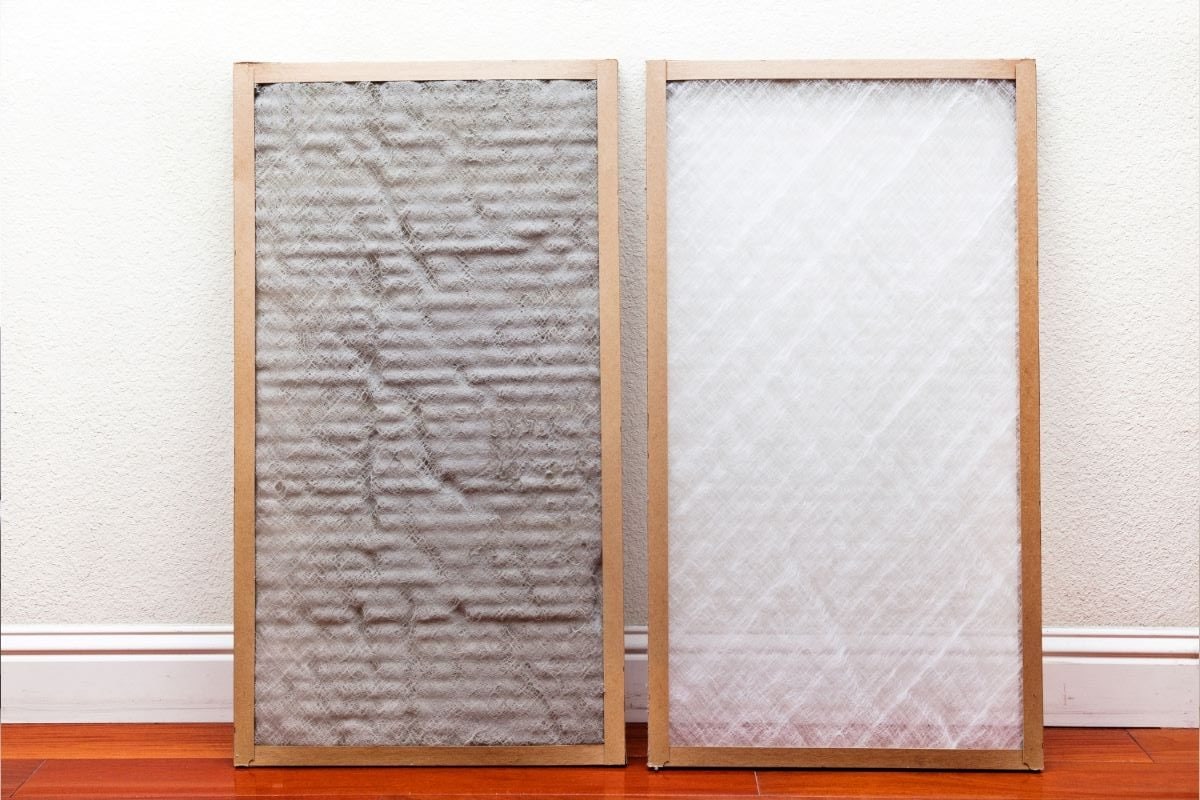
FAQs About Air Purifiers
- What is the ideal size of an air purifier for different rooms? Selecting the right-sized air purifier is crucial for optimal performance. The ideal size varies depending on the square footage of the room.
- How often should air purifier filters be replaced? Maintaining the effectiveness of an air purifier involves regular filter replacement. The frequency of filter changes will vary depending on both the specific device you use and the air pollution exposure. (Quick Tip: You can extend the life of your filter with periodic cleaning. Simply vacuum the filter to remove heavy buildup.)
- Can air purifiers help with allergies and respiratory conditions? Air purifiers are known for their ability to alleviate allergy symptoms and improve respiratory conditions developed as effects of indoor air pollution in your home.
- Are there any safety concerns associated with air purifiers? There are no known safety concerns or issues that could be caused by indoor air purifiers. Practice safe placement and handle electric components with care.
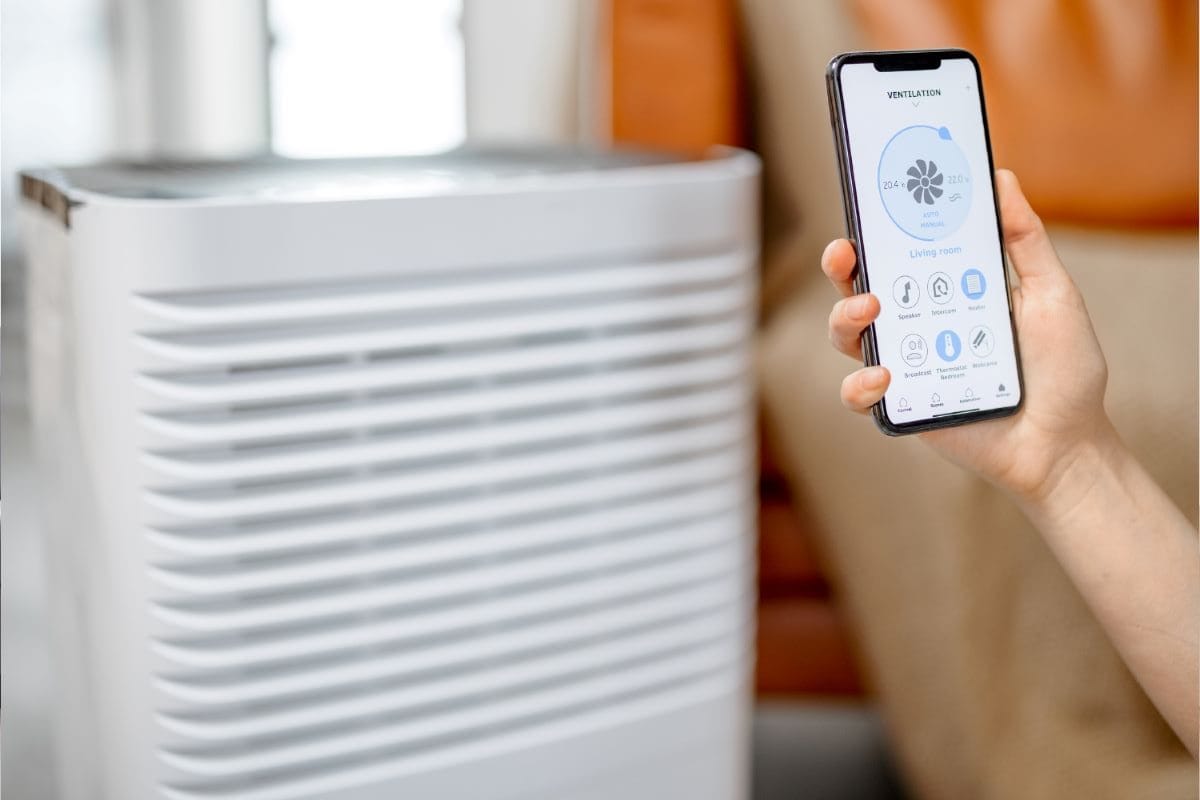
Top Air Purifier Brands
AirDoctor
AirDoctor stands out as a leading brand for air purification. From advanced filtration systems to smart features, there are a few components that set AirDoctor apart. Here are some of the key features that make AirDoctor air purifiers a popular choice:
- Ultra-HEPA Filtration: AirDoctor utilizes Ultra-HEPA technology, capable of capturing particles as small as 0.003 microns with 100% efficiency, ensuring thorough filtration.
- Dual Action Carbon/Gas Trap/VOC Filter: The inclusion of a dual-action carbon and VOC filter effectively removes gases and volatile organic compounds (VOCs) from the air, addressing a wide range of pollutants.
- Auto-Mode with Particle and Gas Sensors: AirDoctor purifiers feature advanced sensors that automatically adjust fan speed based on detected particle and gas levels, optimizing performance in real time.
- Quiet Operation: Designed for quiet operation, AirDoctor purifiers ensure effective air purification without creating disruptive noise in the living environment.
- Wi-Fi Connectivity: Some models may include Wi-Fi connectivity, allowing users to monitor and control the air purifier remotely through a smartphone app.
Blueair
Blueair, another prominent player in the air purification market, deserves attention for its commitment to delivering clean and healthy indoor air. Blueair is a standout choice for those seeking effective air purification with some of the following key features:
- HEPASilent Technology: Blueair purifiers employ HEPASilent filtration technology, combining mechanical and electrostatic filtration to capture particles with high efficiency while operating quietly.
- Particle and Gas Filtration: Blueair models often feature dual-filtration for both particles and gases, addressing a broad spectrum of indoor pollutants, including allergens, mold, and volatile organic compounds (VOCs).
- Smart Design and Compact Size: Many Blueair purifiers boast a sleek and compact design, making them suitable for various room sizes without compromising performance.
- Wi-Fi Connectivity: Some Blueair models come equipped with Wi-Fi capabilities, enabling users to monitor and control the purifier remotely through a mobile app, providing convenience and flexibility.
- 360-Degree Air Intake: The design of Blueair purifiers often includes a 360-degree air intake, allowing for efficient air circulation and purification from all directions.
- Customizable Filters: Blueair offers purifiers with customizable filters, allowing users to tailor their air purification system based on specific needs, such as removing smoke or pet allergens.
Honeywell
Honeywell, a trusted name in technology, extends its expertise to the realm of air purification. There are a few specific technology and design elements that stand out:
- True HEPA Filtration: Honeywell purifiers often feature True HEPA filters, capable of capturing airborne particles as small as 0.3 microns, ensuring a high level of purification.
- Activated Carbon Pre-Filter: Many Honeywell models incorporate an activated carbon pre-filter, effectively reducing common household odors and capturing larger particles before they reach the HEPA filter.
- AHAM Verified: Honeywell purifiers are often verified by the Association of Home Appliance Manufacturers (AHAM), providing users with confidence in the purifier’s certified Clean Air Delivery Rate (CADR).
- Quiet Operation: Honeywell emphasizes quiet operation in its purifiers, ensuring that users can enjoy clean air without disruptive noise levels.
- Automatic Shut-Off Timer: Some Honeywell models come equipped with an automatic shut-off timer, allowing users to set specific durations for operation and conserve energy when purification is not needed.
- Compact and Portable Designs: Many Honeywell purifiers feature compact and portable designs, making them versatile and suitable for various room sizes.
Indoor Air Pollution, A Problem to be Solved
Indoor air quality affects our health and well-being. From the historical shift in our lifestyles, where little outdoor air enters our homes and lives, to the introduction of innovative technologies and air purification solutions, the need to prioritize indoor air quality has never been more critical.
The integration of advanced air purification technologies can drastically impact air pollution levels. As technology continues to advance, so does our ability to safeguard the air we breathe indoors.
You might also be interested in…
Looking for more ways to improve your lifestyle? Check out Daily Mom’s Healthy Living section for more ideas!
CONNECT WITH DAILY MOM
💖 NEWSLETTER: DAILY READS IN YOUR INBOX 💖
Sign up to receive our picks for the best things to do, see and buy so you can relax and focus on more important tasks! Let us help you be the best version of yourself you can be!
BE SOCIAL WITH US
📌 LOVE IT? PIN IT!📌
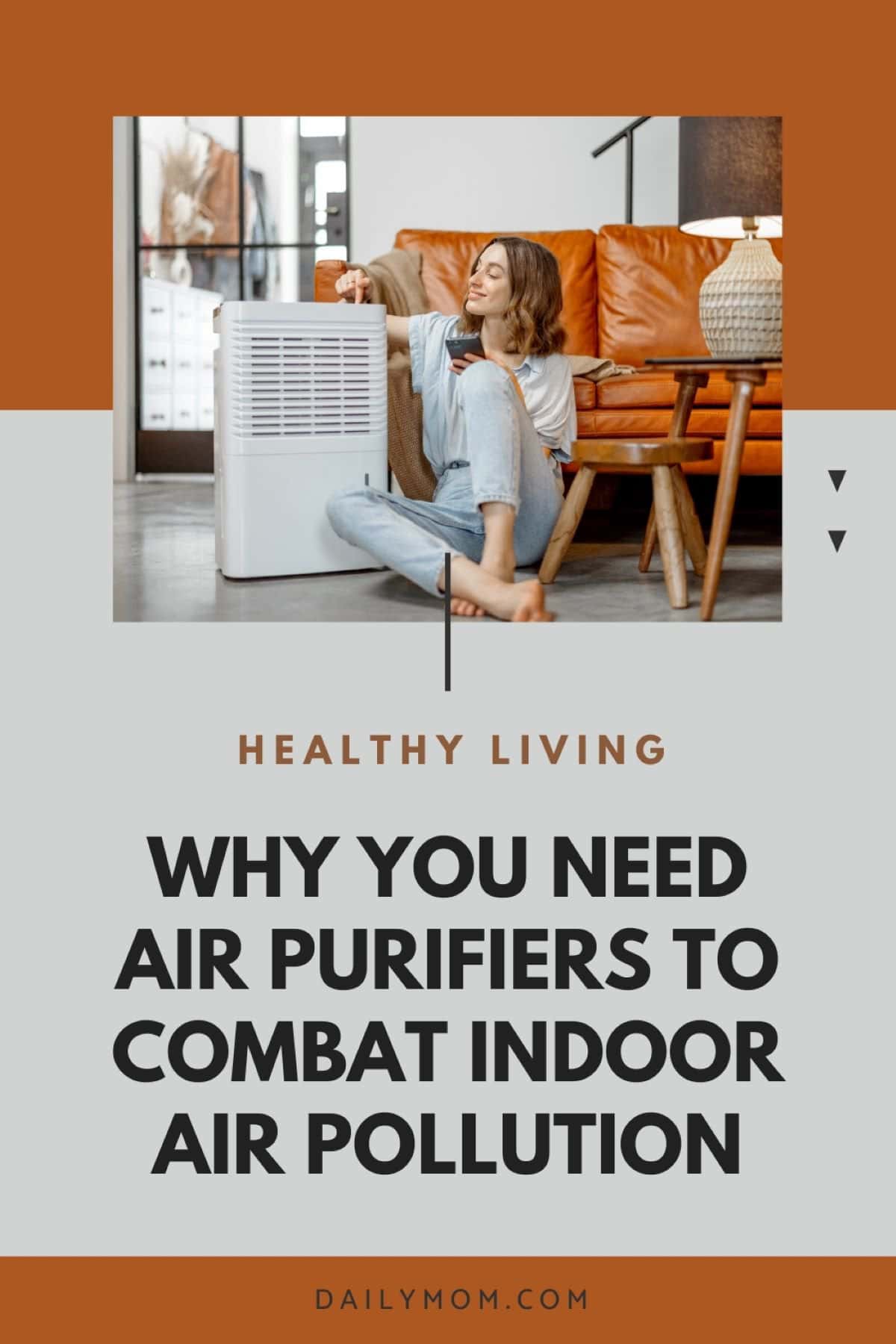
Photo Credits: Unsplash






